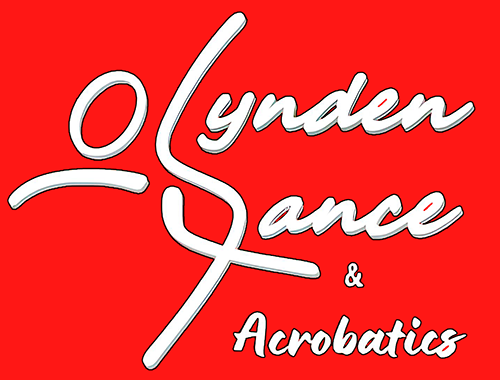Why You Should Wear Your Hair in a Bun for Dance and Acrobatic Classes
As dancers and acrobats, we often focus on perfecting our moves, strength, and flexibility. However, how we prepare our appearance, especially our hair, plays a crucial role in our performance and safety. Wearing your hair in a bun isn't just a nod to the aesthetics of dance and acrobatics; it's a necessary measure for safety, focus, and maintaining the visual integrity of our art. The right way to secure a bun isn’t with bobby pins, but with open hair pins. Let’s explore why.

The Safety Imperative
First and foremost, a secure bun is about safety. Loose hair can obscure your vision mid-spin or when executing precise acrobatic moves. This isn’t just about personal inconvenience; it’s a hazard that can lead to missteps and accidents, affecting not only you but those around you. In partner acrobatics or when using equipment, loose hair can become entangled, posing a risk of injury. A tightly secured bun ensures your hair stays in place, keeping your line of sight clear and preventing any accidents caused by hair mishaps.
Focus and Discipline
There’s a reason why the bun has become synonymous with dance and acrobatics. It symbolizes discipline and a readiness to focus entirely on the art. Hair that comes loose and falls into your face during practice or performance is a distraction. It pulls your attention away from your technique and can interrupt the flow of your performance. By securing your hair up and out of the way, you minimize distractions, allowing you to concentrate fully on your movement and expression.
The Aesthetic of Uniformity
A bun does more than just keep hair tidy; it contributes to the aesthetic appeal of dance and acrobatics. It ensures a uniform look in group performances, where synchronicity and harmony are visually striking. Moreover, a bun accentuates the lines and postures that are fundamental to both disciplines, enhancing the visual presentation of your performance.
Why Open Hair Pins?
When it comes to securing a bun, many might reach for an elastic hair tie or scrunchie. While these might seem sufficient, they often don’t provide the level of security needed for dance and acrobatic activities. Enter the open hair pin, a dancer's best friend for a reason. Unlike bobby pins, which are designed to clamp and hold sections of hair, open hair pins are meant to anchor your bun firmly to the rest of your hair, offering a secure hold that lasts through twirls, flips, and leaps.
Securing Your Bun with Hair Pins

Using open hair pins effectively requires a bit of know-how. Here’s a quick guide:
-
Start with a Ponytail: Secure your hair into a ponytail at the crown of your head using a strong elastic band. This will be the base of your bun.
-
Twist and Wrap: Twist the ponytail and wrap it around the base, forming the shape of a bun.
-
Pin It in Place: Here’s where the open hair pins come in. Insert them into the bun at an angle, catching some of the bun and some of the scalp hair before pushing the pin back towards the centre of the bun. This method anchors the bun securely to your head.
-
Secure the Perimeter: Make sure to evenly distribute pins around the bun to ensure it’s tightly fastened and won’t unravel or become loose.
-
Final Touch: For extra hold, consider wrapping a hairnet around the bun, matching your hair colour. Secure the net with a few more pins.
The Final Word
Wearing your hair in a bun for dance and acrobatic classes is more than a traditional or aesthetic choice—it’s a matter of safety, focus, and discipline. Open hair pins are essential for ensuring that your bun remains secure throughout your class or performance, allowing you to concentrate fully on your art. Next time you prepare for class, remember that a well-secured bun is your first step toward a safe and successful practice.
For further reading on all things "dance" please check out more articles here: Dance Beat

